The A990 Tribute
Anders Ohlin is the kind of person who shakes with both hands, who vividly describes what it’s like to ride a bicycle while tipsy, eating kebab through a bushy beard. He speaks in a slow, northern Swedish dialect and downright worships the Mopar® B-body, 1962-1966. In other words, he’s utterly delightful.
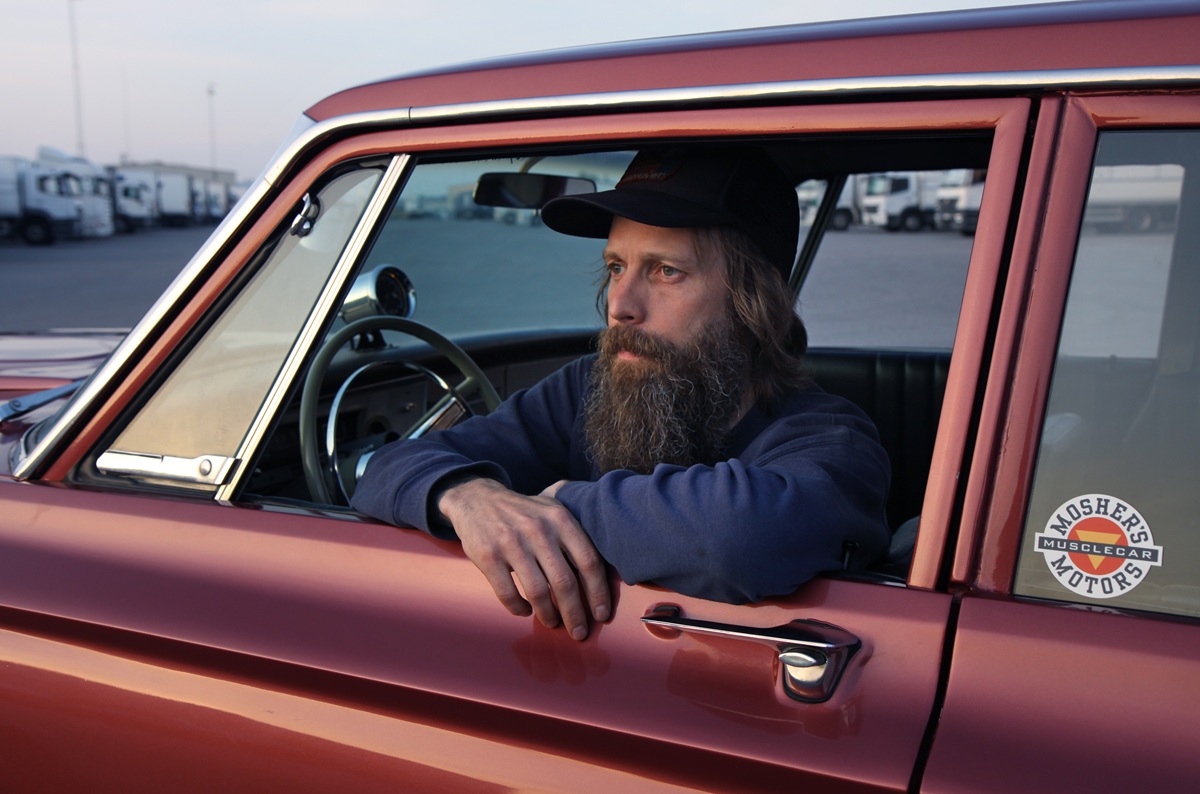
You’ve heard the phrase in some version before: when two people cut from the same cloth meet, there’s a spark in their eyes. That’s exactly what it feels like – on the inside – when I dial Ohlin’s number and he picks up on the other end. The conversation flows effortlessly. Everything from muscle cars to child-rearing comes up.
Time flows just as smoothly. Suddenly, we’ve been talking for half an hour.
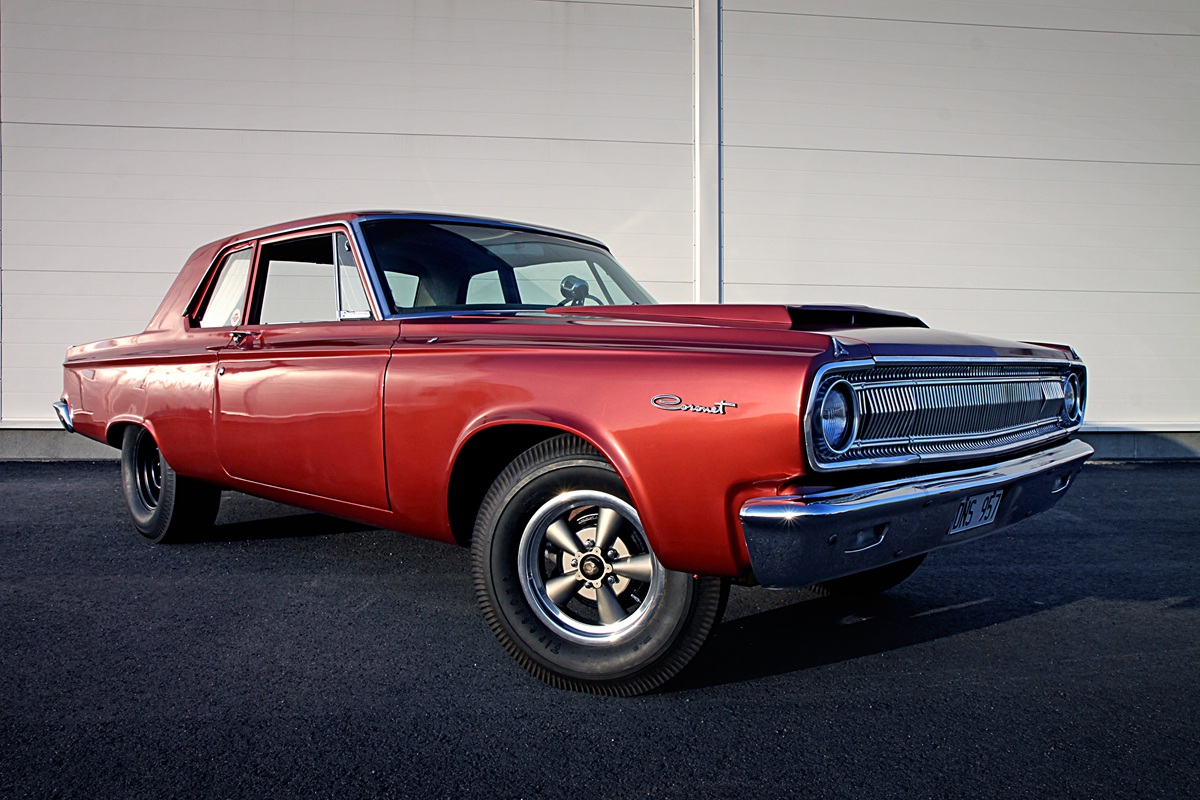
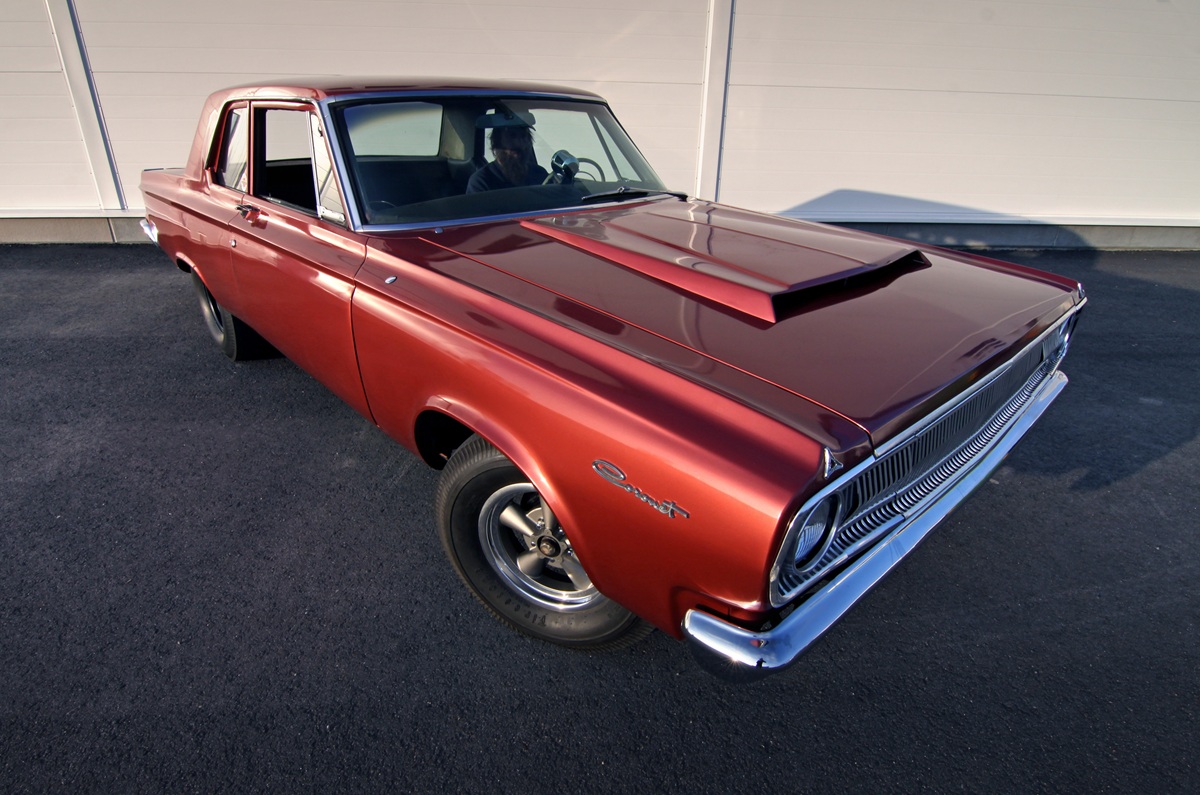
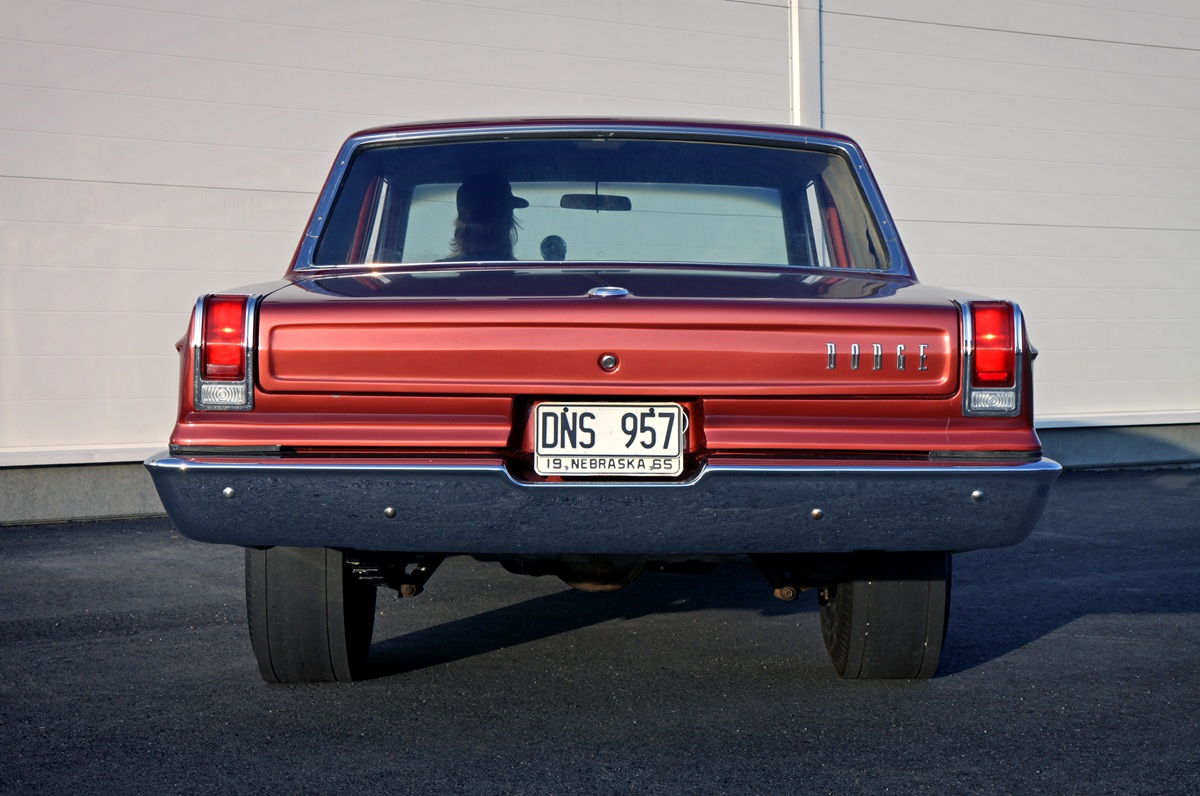
Ohlin owns a spot-on A990 tribute. A hot ’65 Coronet. Comfortably old-man-ish, yet eternally youthful. It feels like Ohlin and I have known each other for 20 years. Shared values, a common worldview. The same journey from countryside to city.
It’s easy to understand why Ohlin is crazy about his car, which is as much a tribute to Bob Mosher – who makes a living building A990 tributes – as to the A990s themselves. Another thing we have in common.
Enough about that. Let’s talk about the car.
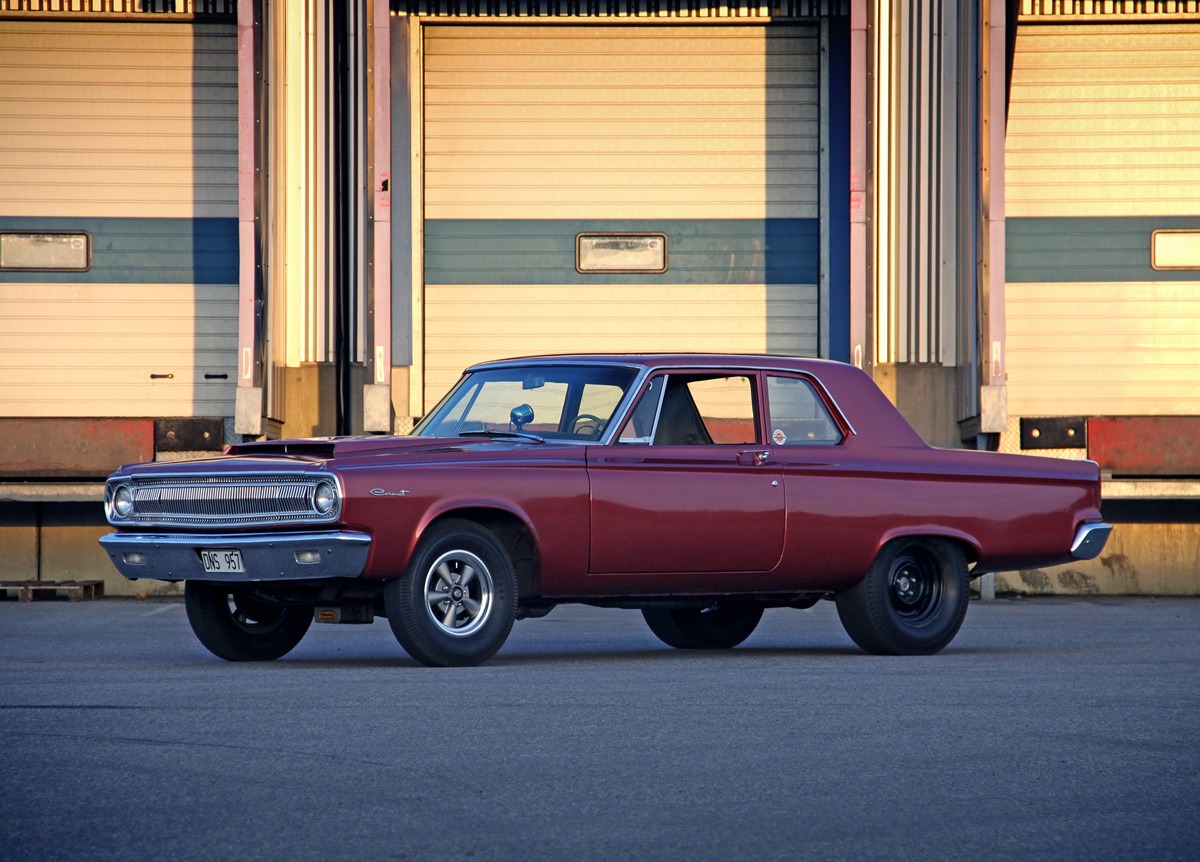
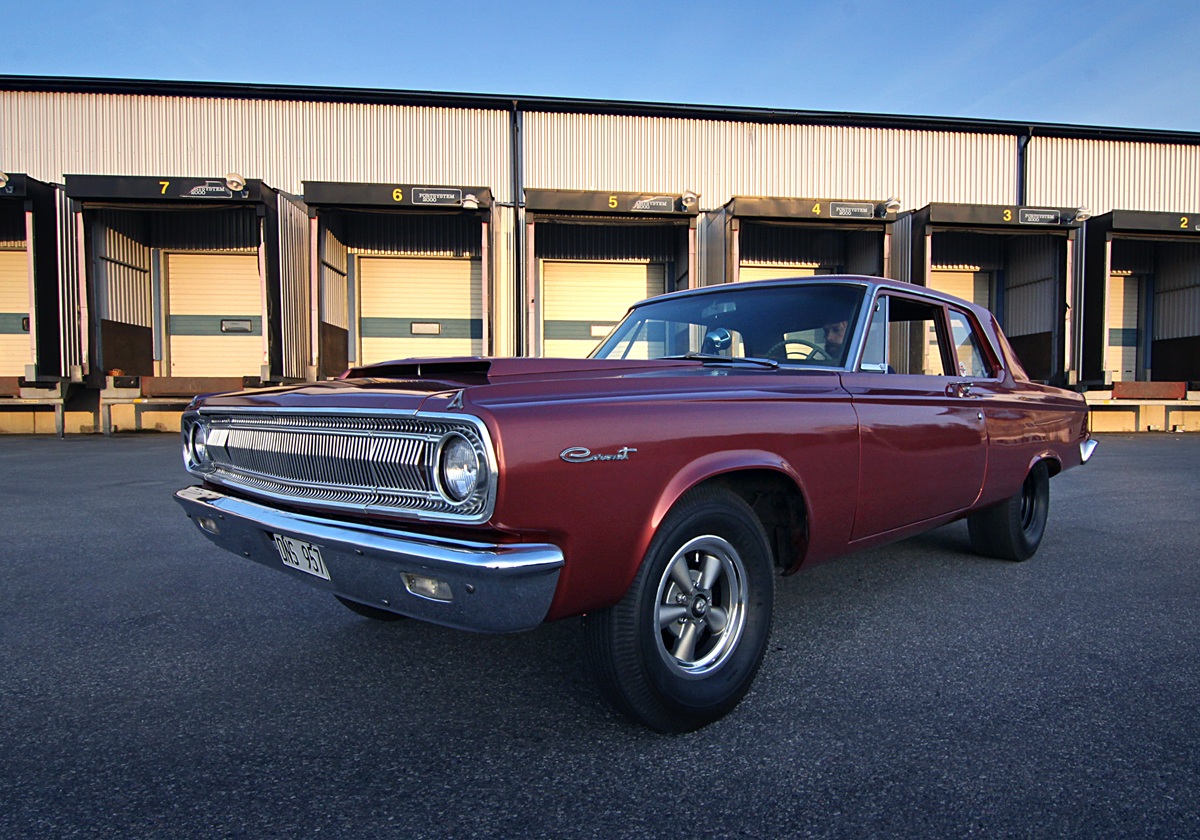
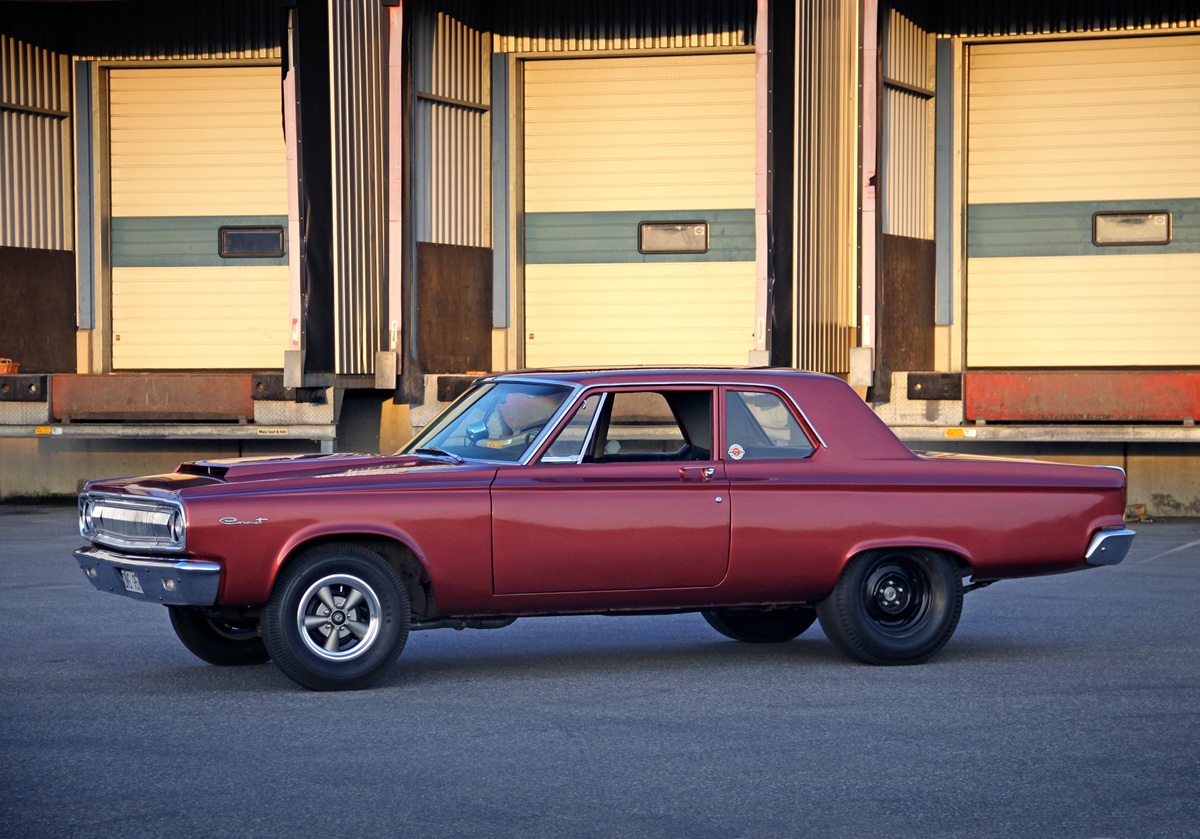
Ohlin owns a 1965 Dodge Coronet. But it’s not a hardtop, nor a four-door. It’s a two-door post, as the model is commonly known.
In other words, a sweet Mopar vehicles that’s becoming increasingly rare.
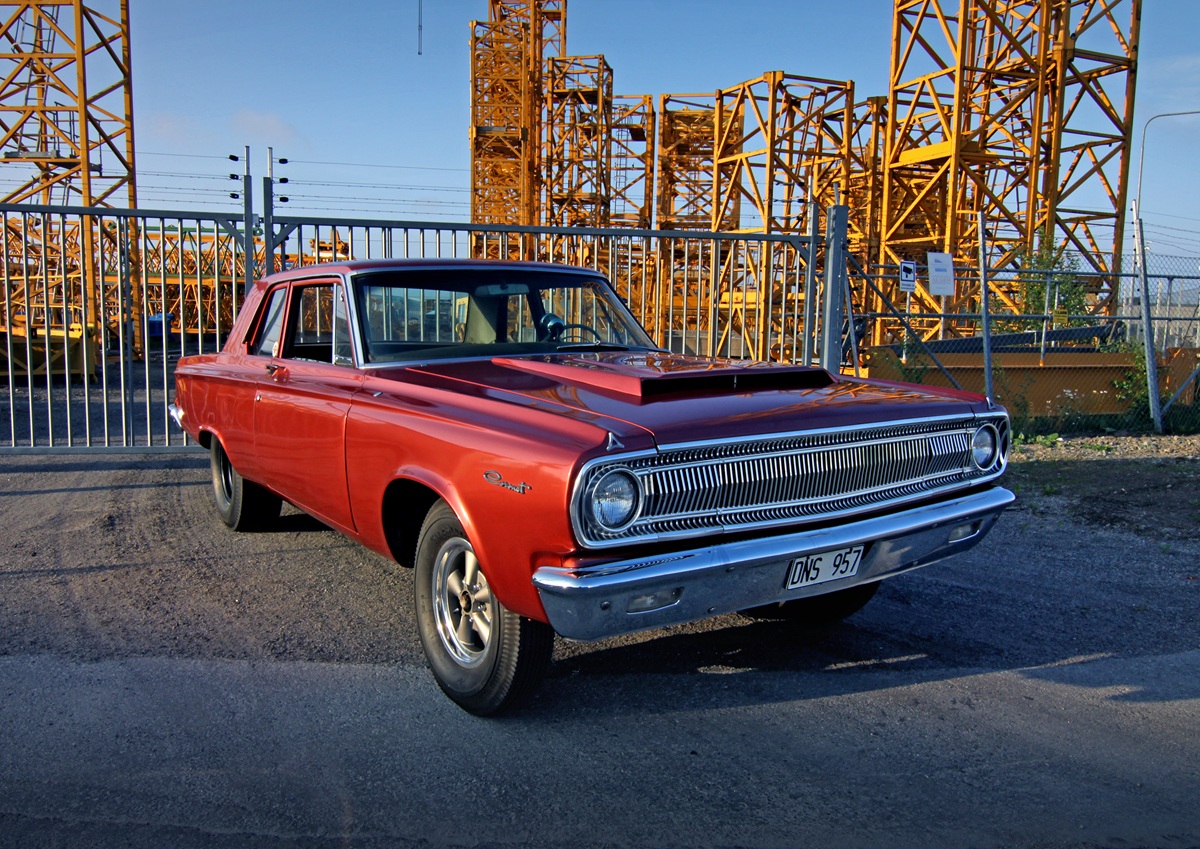
“Quite a few ’65 post cars have rusted away by now since not many people wanted this version. Every era has its trends. The folks chasing performance went for the hardtop, the practical ones went for four-doors. Then came the ’70s with the cars that were hot then, and so on,” Ohlin says.
As a result, the post sedans were left to rot – in junkyards, backyards, industrial areas and so forth.
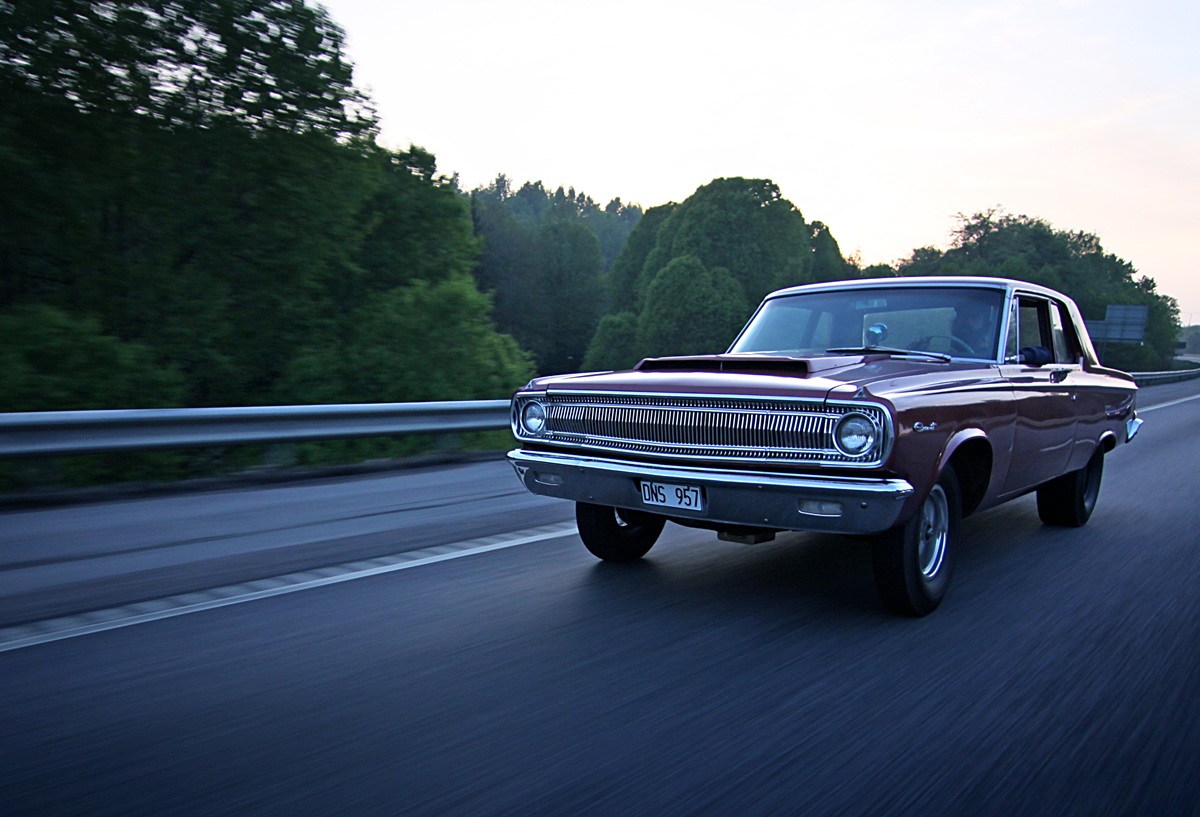
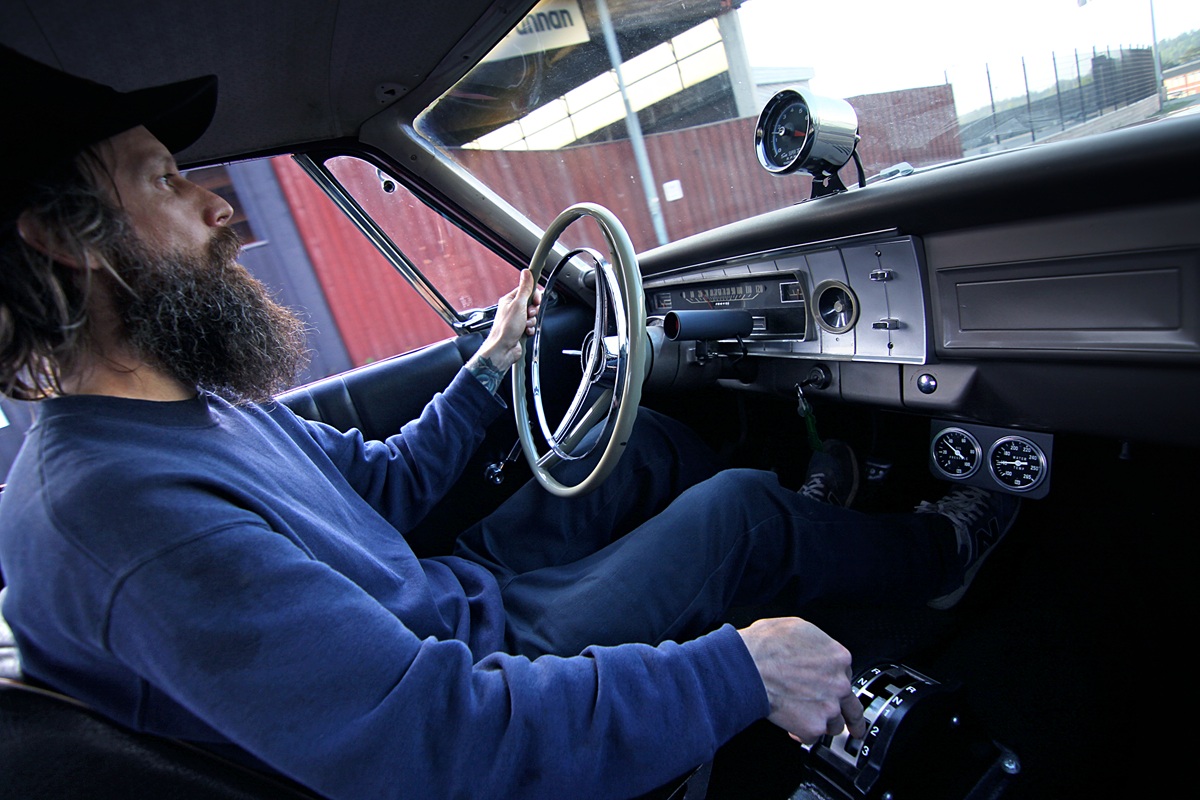
But here’s the twist: this exact model was the one Dodge used to build its 426 Race HEMI® Super Stock cars. The legendary A990s.
“They probably chose it because it was the simplest, lightest and most no-frills version. Perfect for turning into a racecar. But it’s only in recent years that interest in this model has really taken off and people have started looking for them,” Ohlin says.
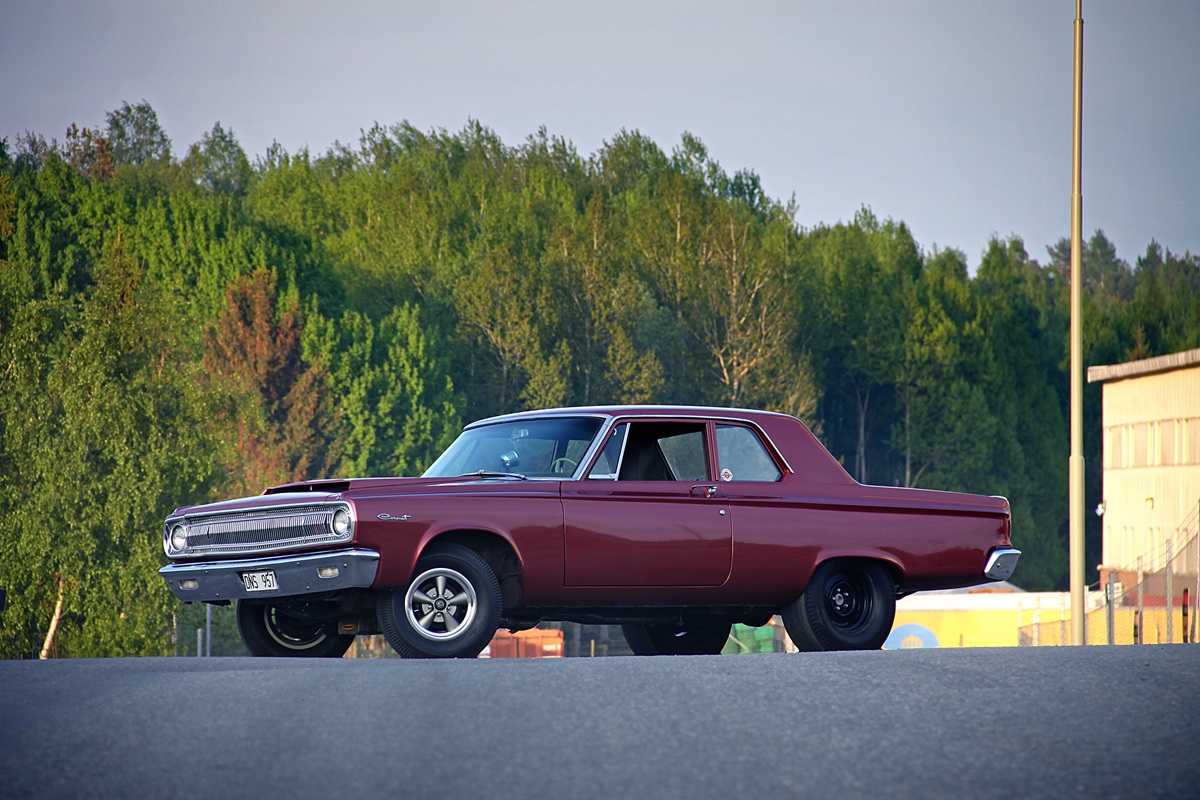
So how is this tribute to Dodge’s factory-built Super Stockers put together? With a wink and without strict, wallet-busting originality. Some details are spot-on, like the pop-riveted grille and the custom-made heater delete plate. Others are more practical – like the battery. It’s the same size as the original and aesthetically quite similar, complete with red plastic “caps” to mimic cell plugs. But it’s modern.
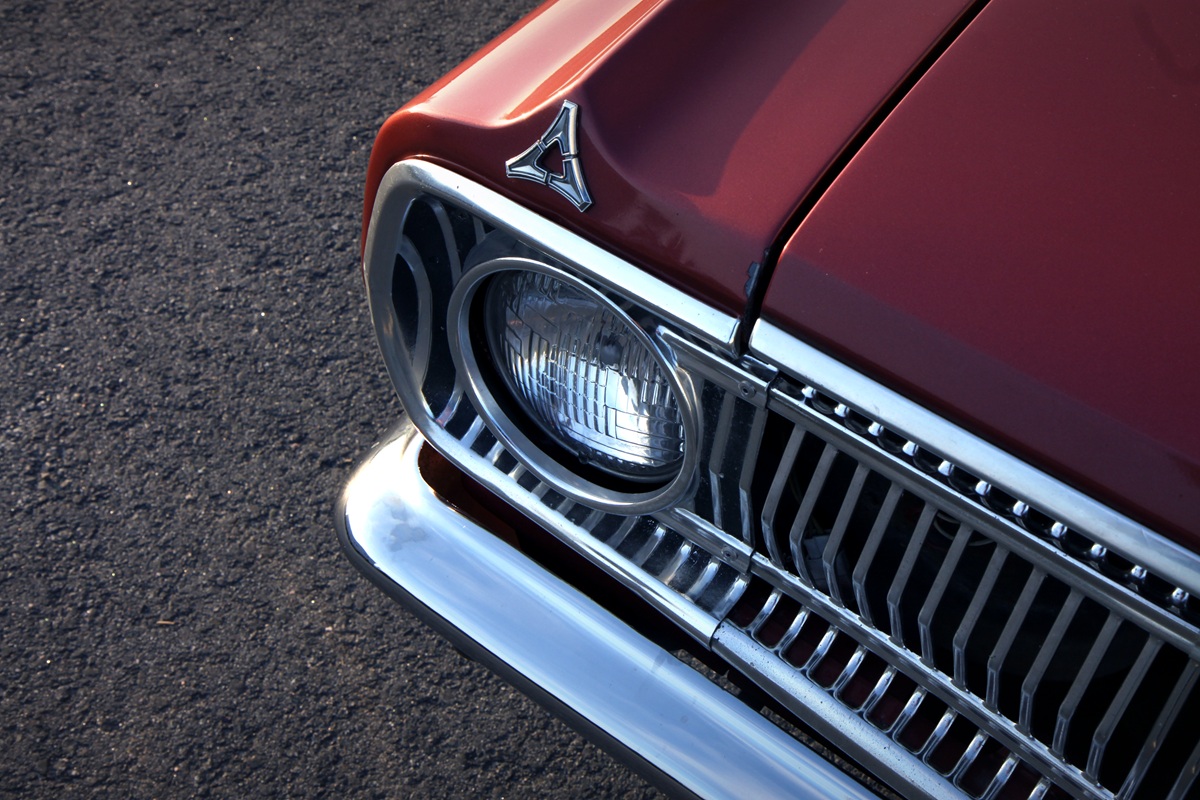
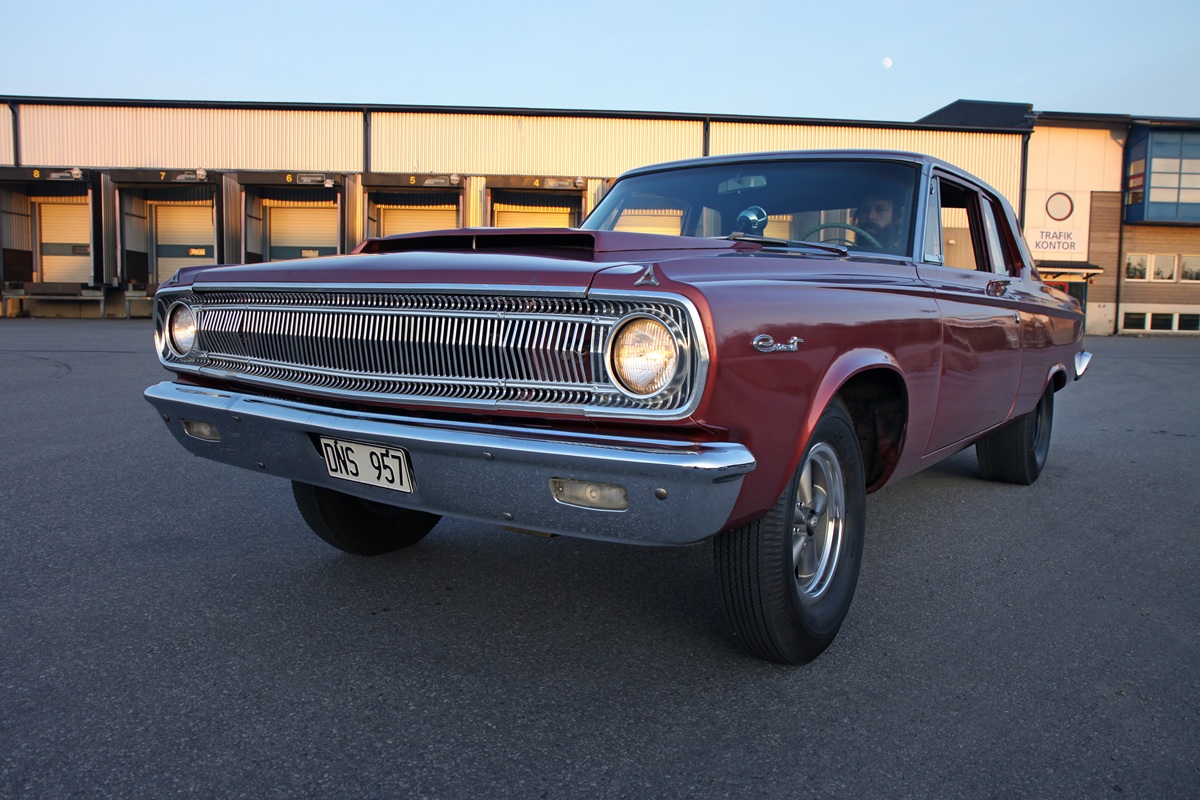
“The grille is a little story of its own. The A990s had two headlights, not four. So I bought an extra grille and cut it into sections. Then I used the roof from the kids’ Brio roundhouse. The roundhouse roof turned out to have the perfect angle for shaping the two grille inserts that sit in front of the inner headlights,” Ohlin says with a laugh.
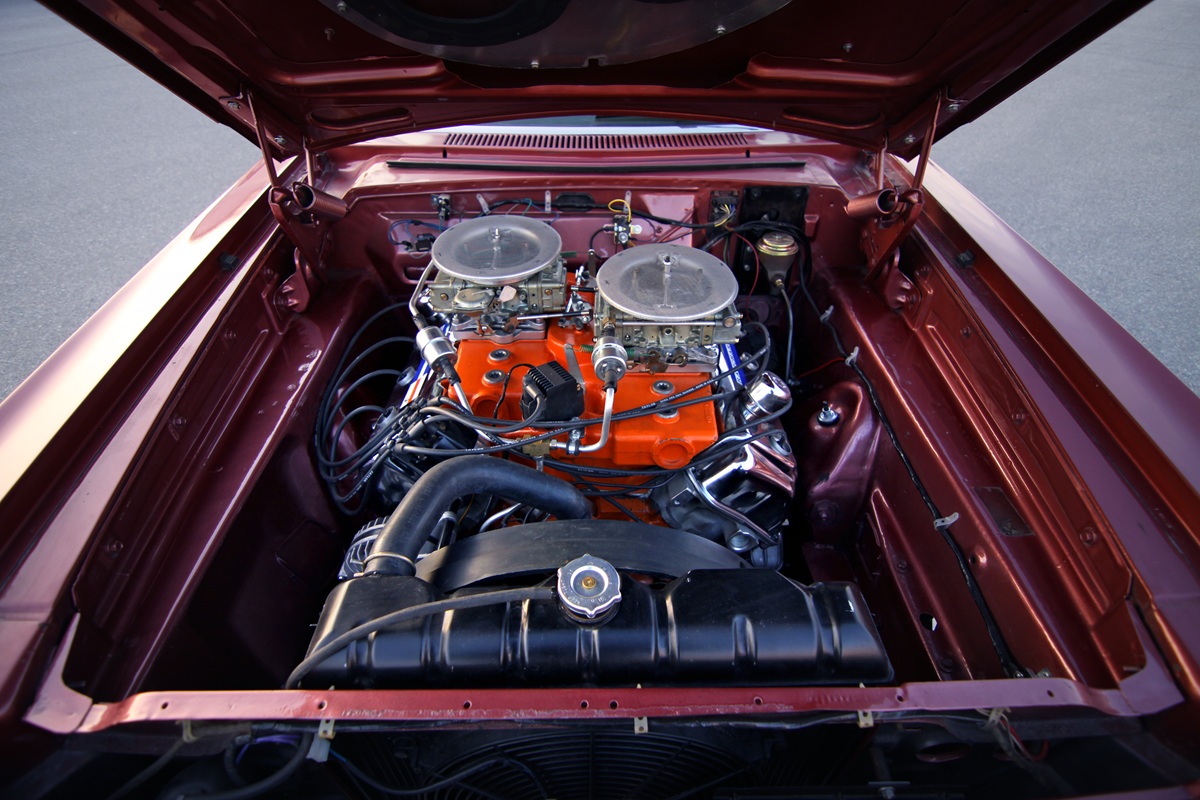
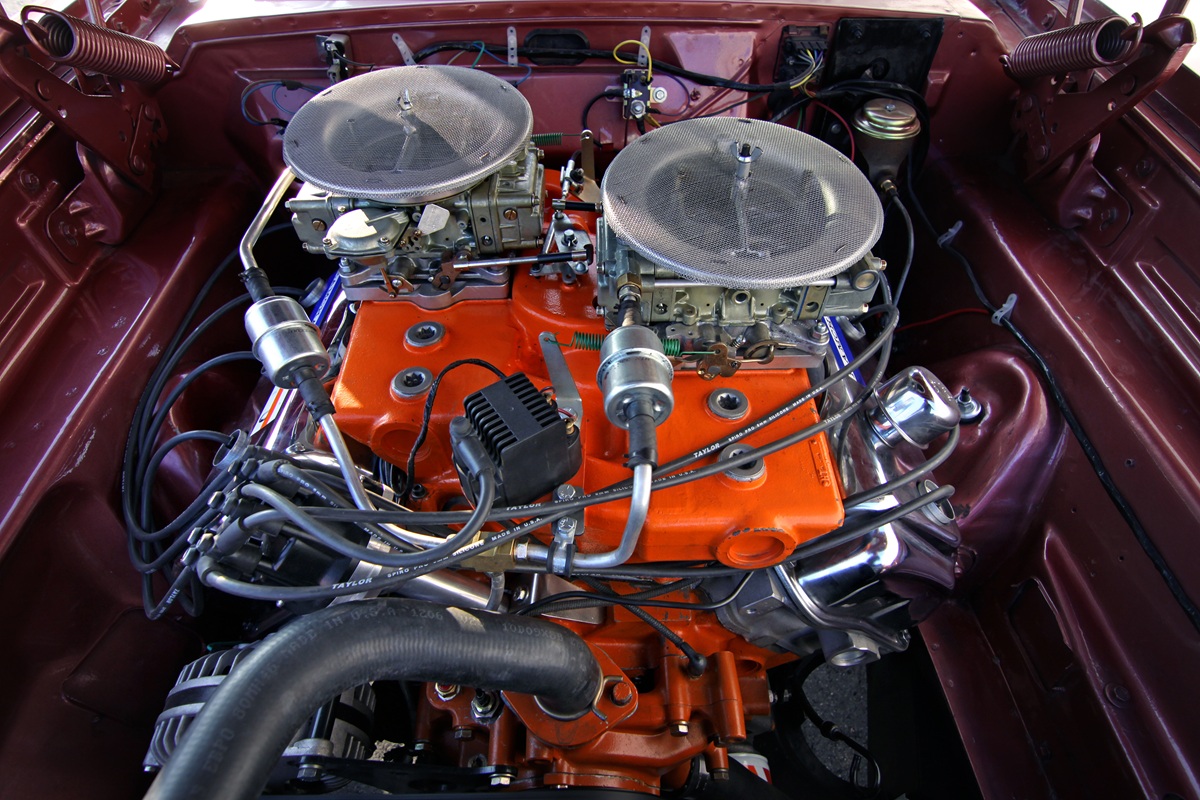
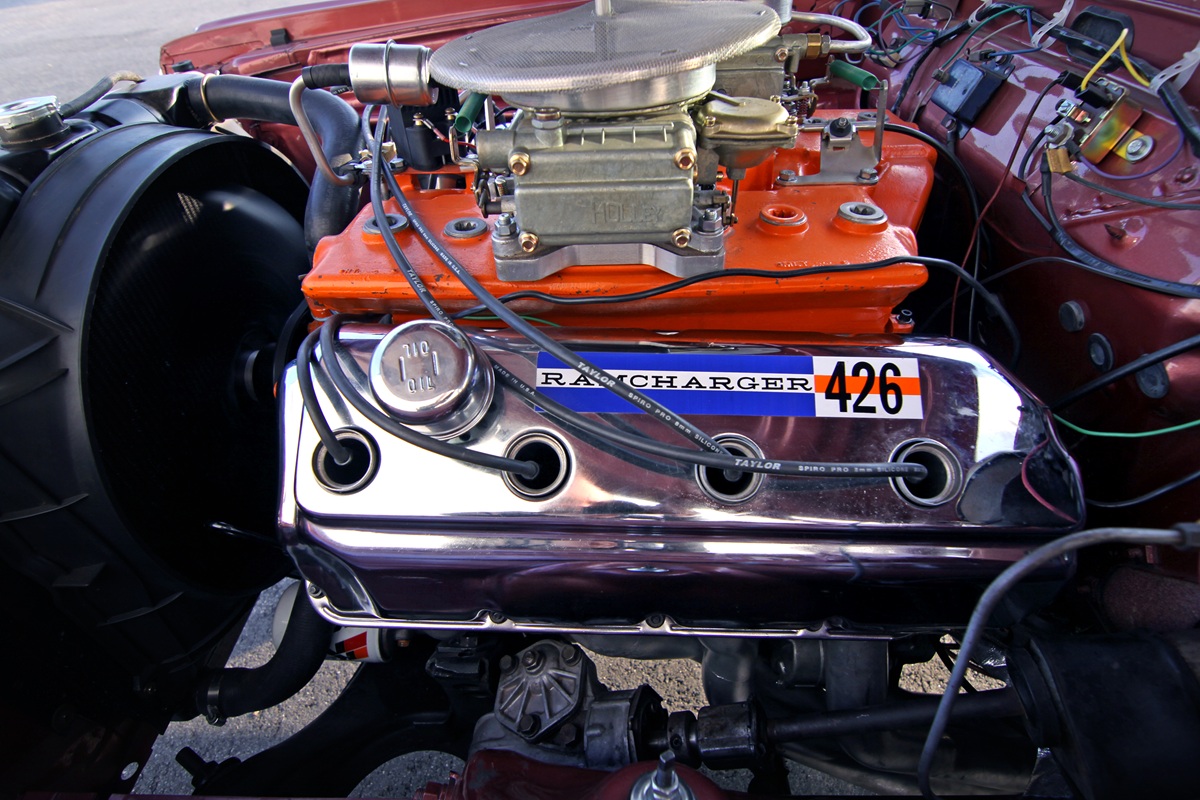
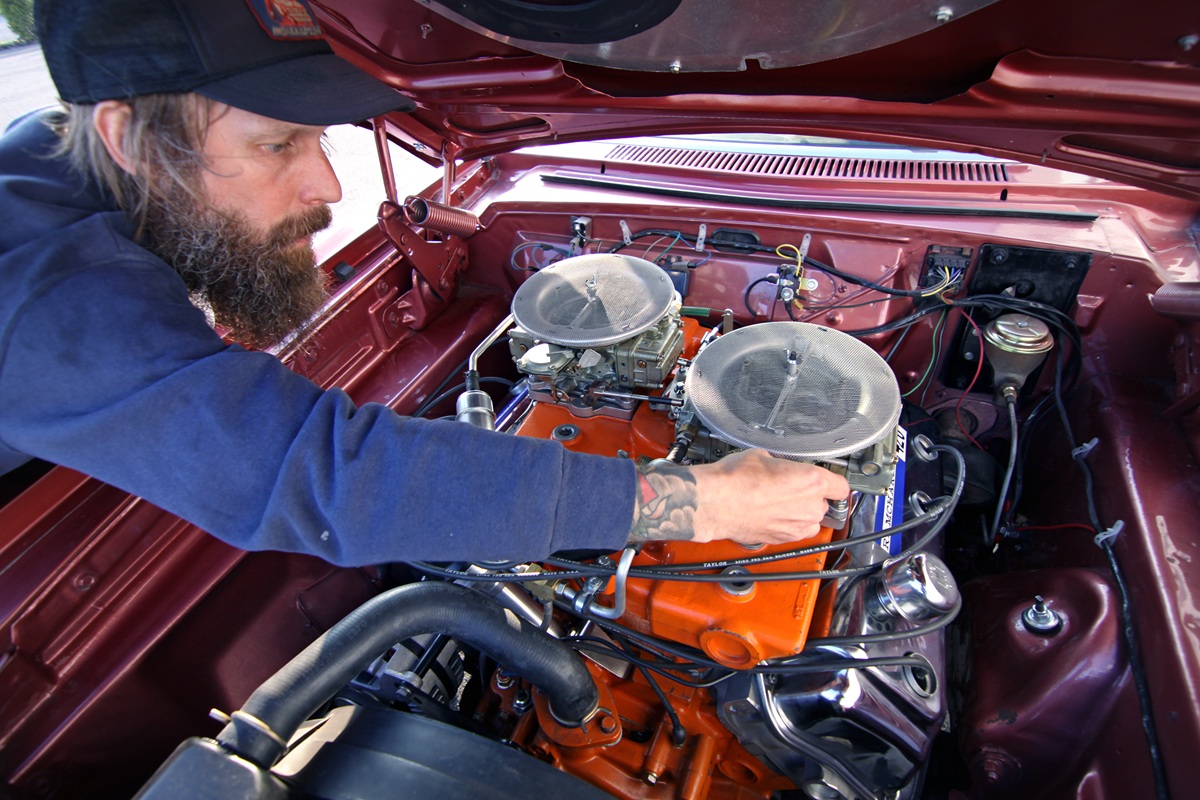
When it comes to the drivetrain, Ohlin stays true to the Race HEMI engines – at least visually. It looks like a 426 HEMI engine from the outside. In reality, it’s an aftermarket block stroked to 528 cubic inches. Stage V heads push air and fuel into the engine, and a Crower roller cam dictates the action below. An eight-bolt HEMI crankshaft is part of a rotating assembly from Indy, teamed with Mopar Performance pistons holding down the fort in the lower end.
Everything is topped with a 1965 magnesium cross-ram intake, feeding twin 770 cfm carburetors.
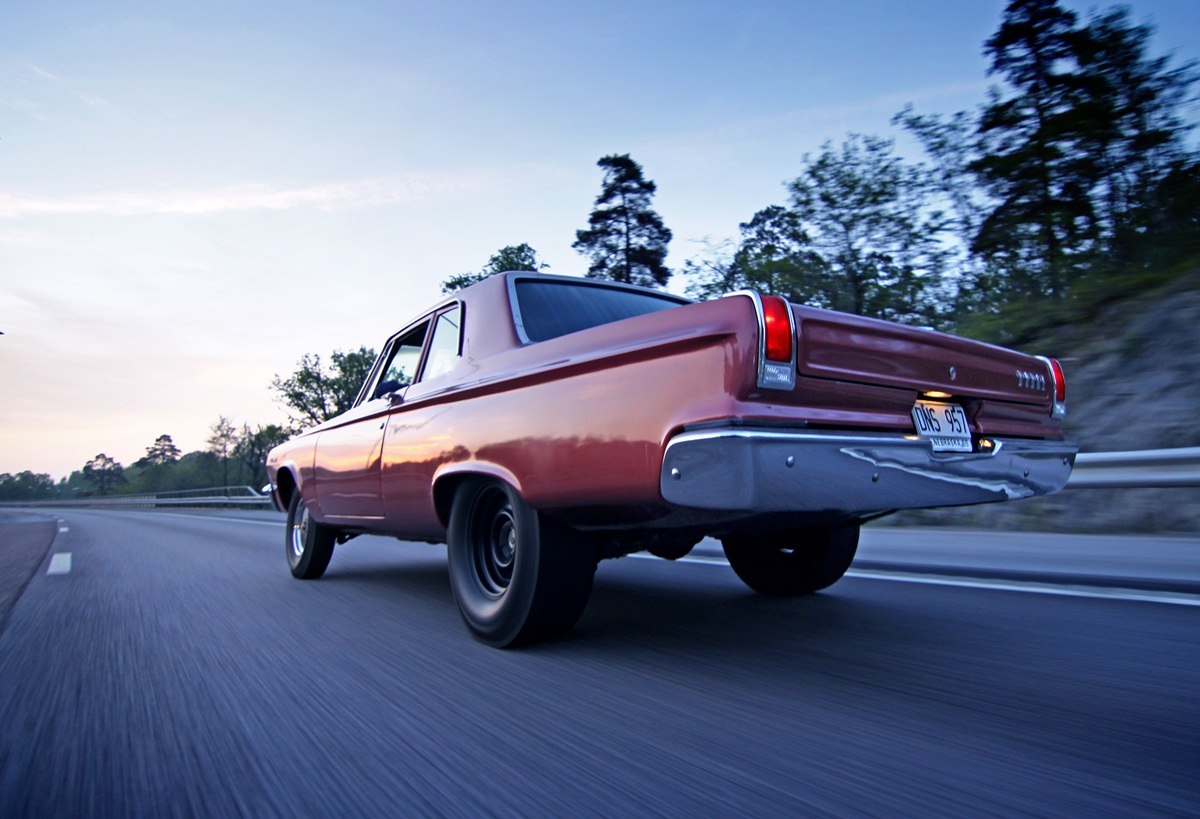
“You can imagine how lousy these cars ran on the street back in the day. I had to jet the carbs way down on the dyno. Tuning this combo is supposed to be nearly impossible, but I got help from Hudiksvall legend and engine builder Peter Dahlin at Dahlintjänst. He also did the dyno work. The air-fuel numbers came out great,” Ohlin says, flashing another grin through his stout beard.
We don’t need to get into horsepower. It’s more than enough to send the Coronet skittering across the asphalt like a scared rabbit. And this without the body being acid-dipped like Dodge used to do in full-on weight-loss mode.
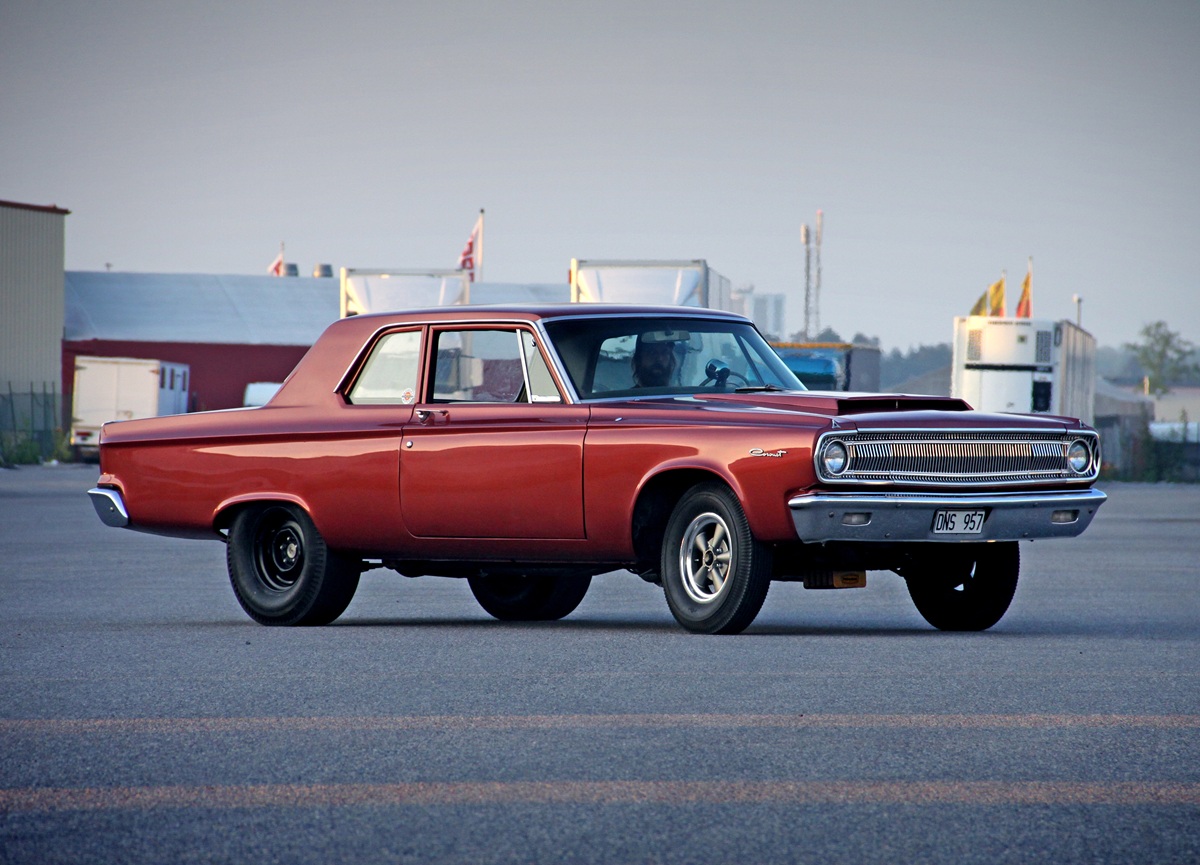
“Before I settled on the Stage V heads, I tried a pair of 1965 A990 heads. I can tell you, they’re seriously porous. Mine had already been repaired. Pretty soon, I started getting heat issues, so I decided to swap heads,” Ohlin says.
After much head-scratching, he discovered the heads weren’t the culprit. Turns out one of the coolant passages in the aftermarket block hadn’t been machined.
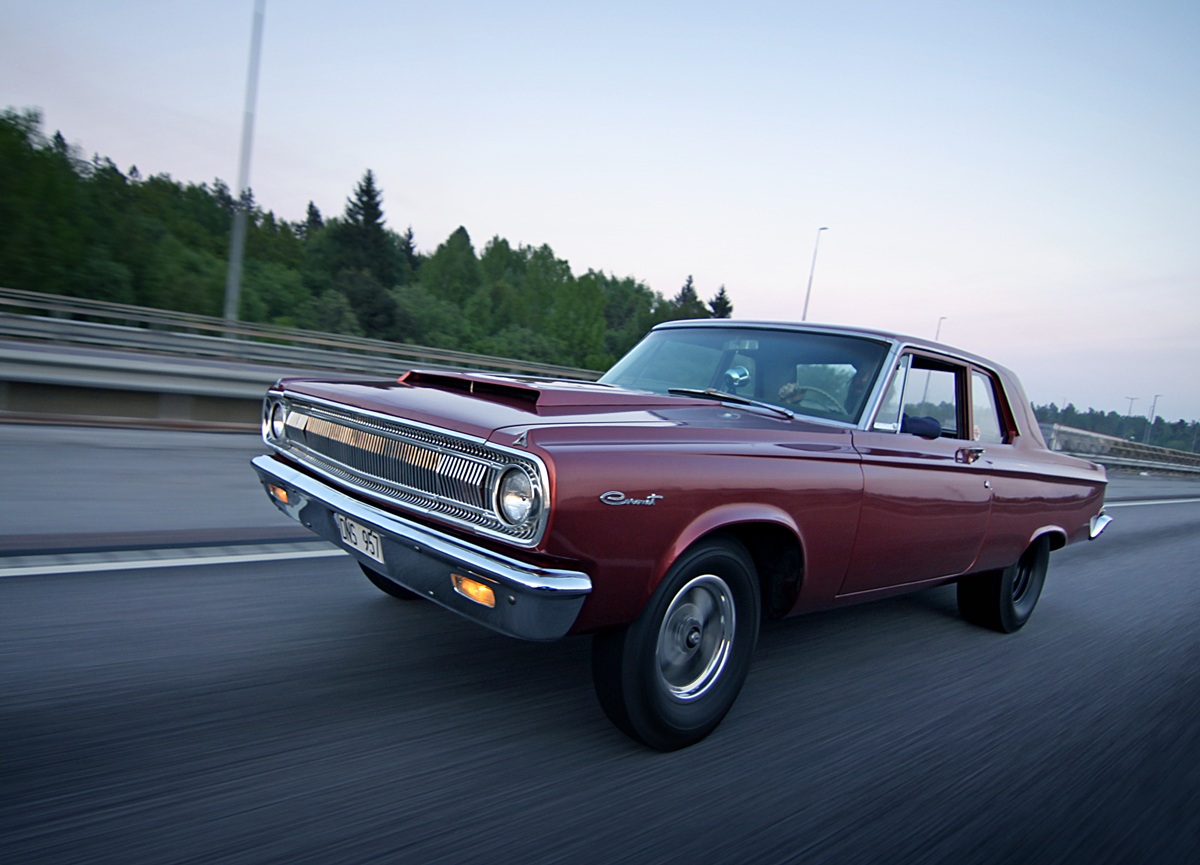
“I stuck a finger in and hit solid metal. So I contacted Indy, who sold me the block. They weren’t exactly helpful. They wanted me to photograph the coolant passage,” Ohlin says. This time, not smiling.
Anyone who’s ever used a camera knows it’s not easy to snap a photo of a black hole.
“Indy gave me a tip – to knock out the remaining material with a punch. Thing is, the clearance between the coolant passage and the cylinder liner is pretty tight,” Ohlin says. The smile returns.
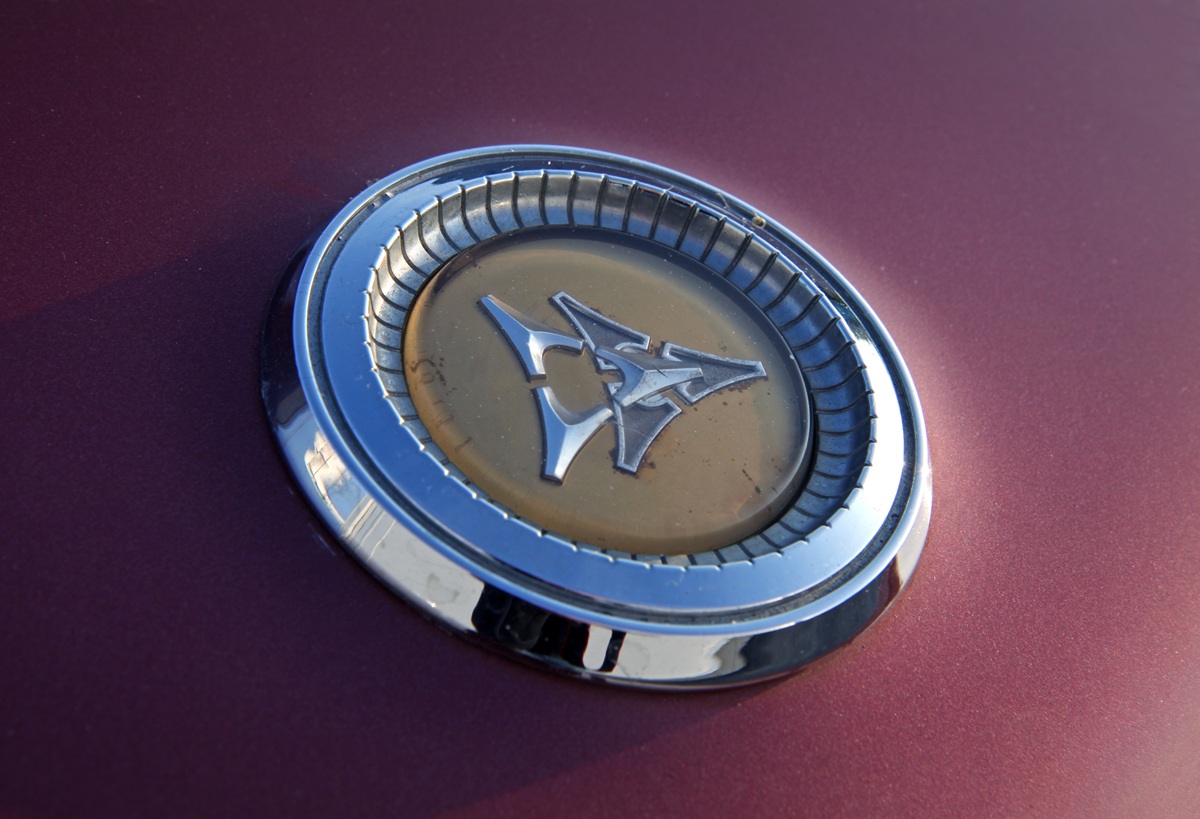
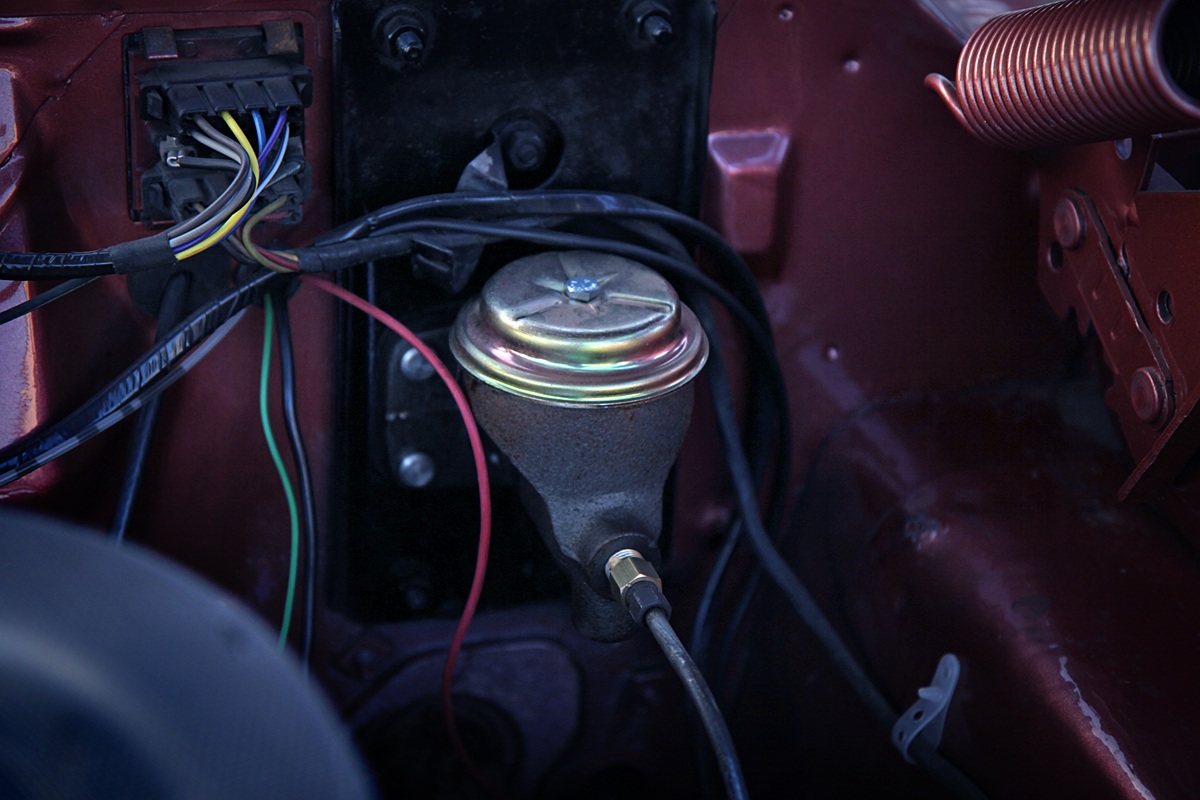
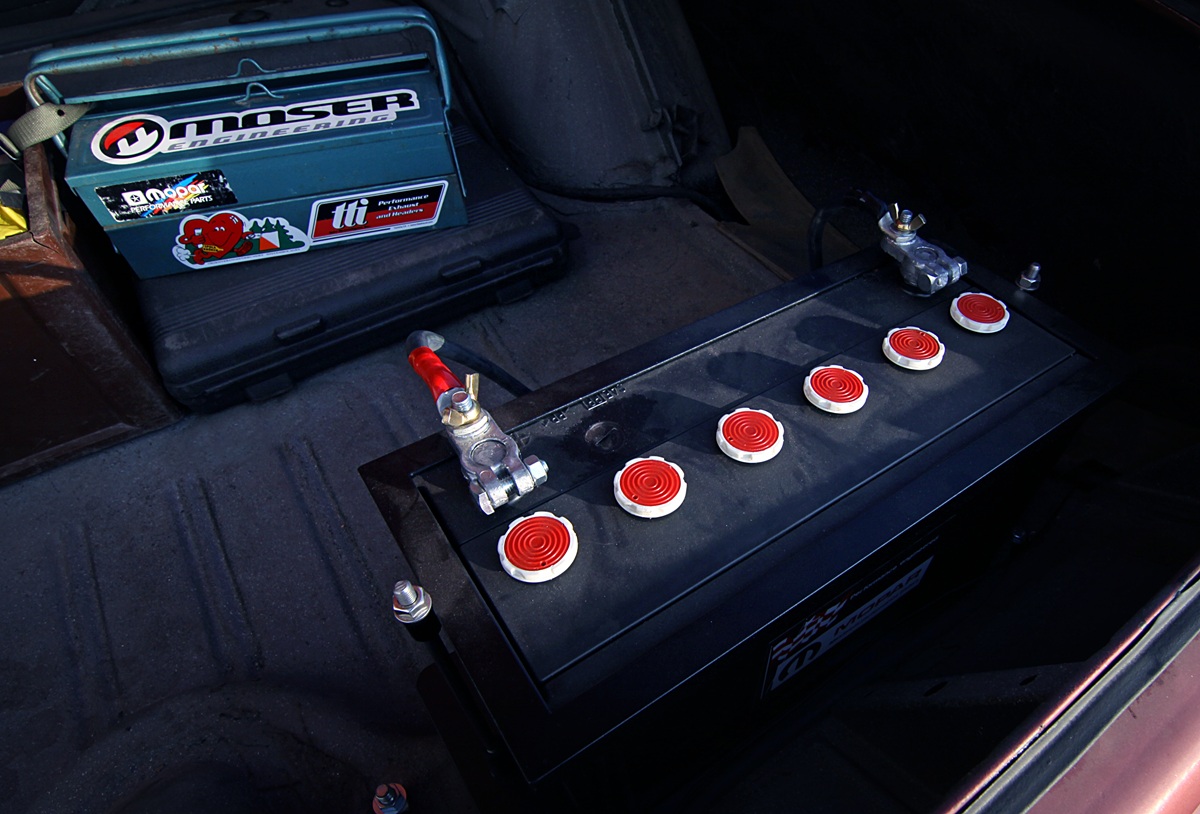
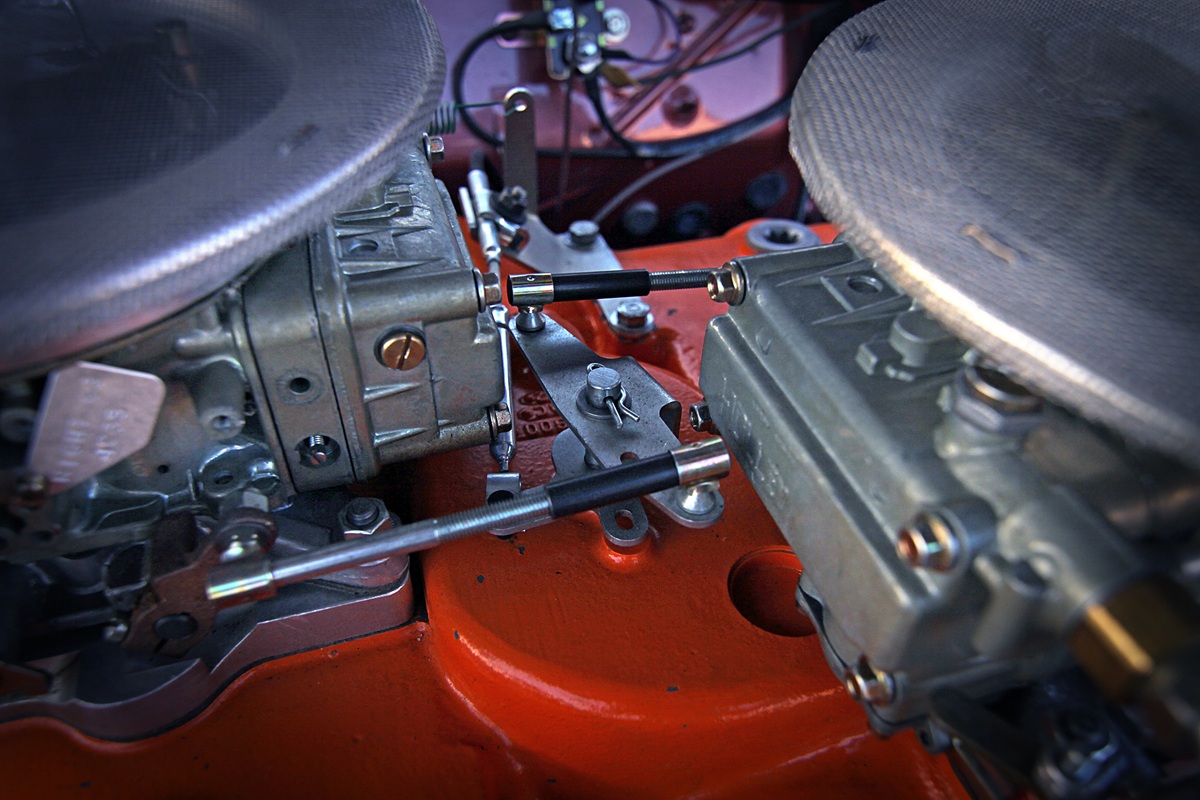
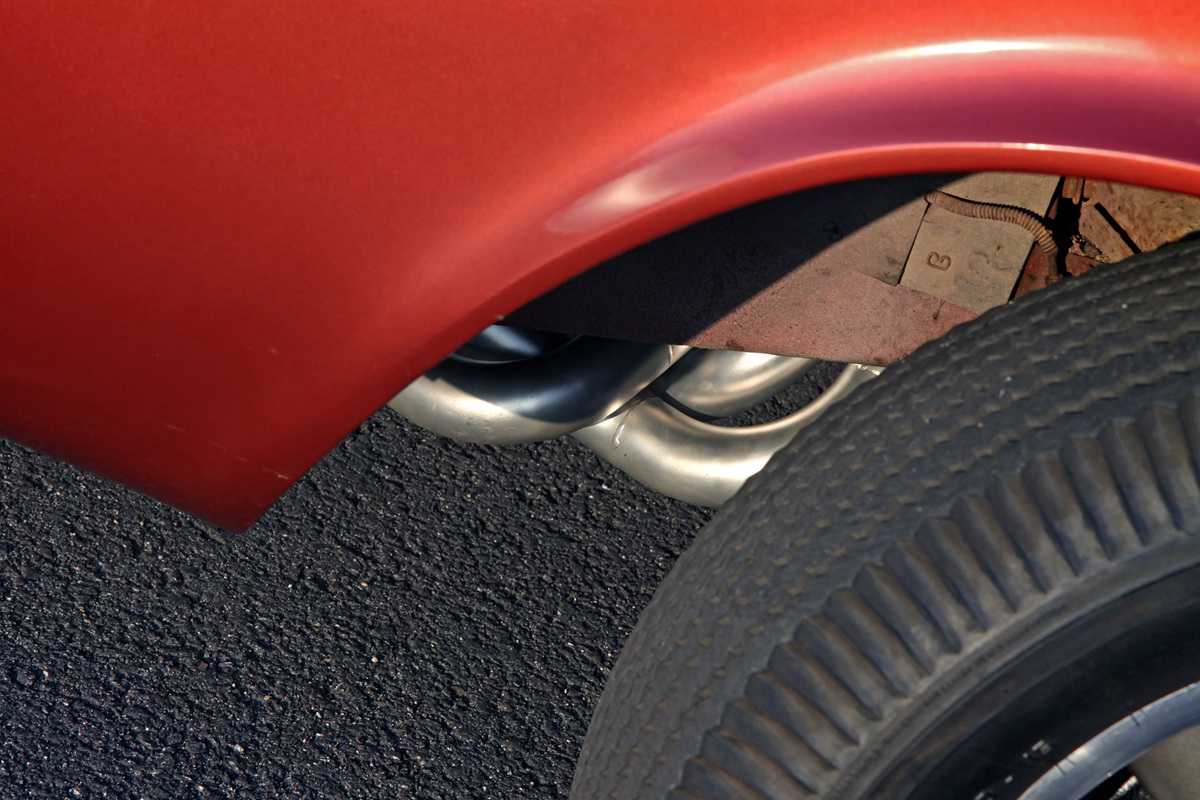
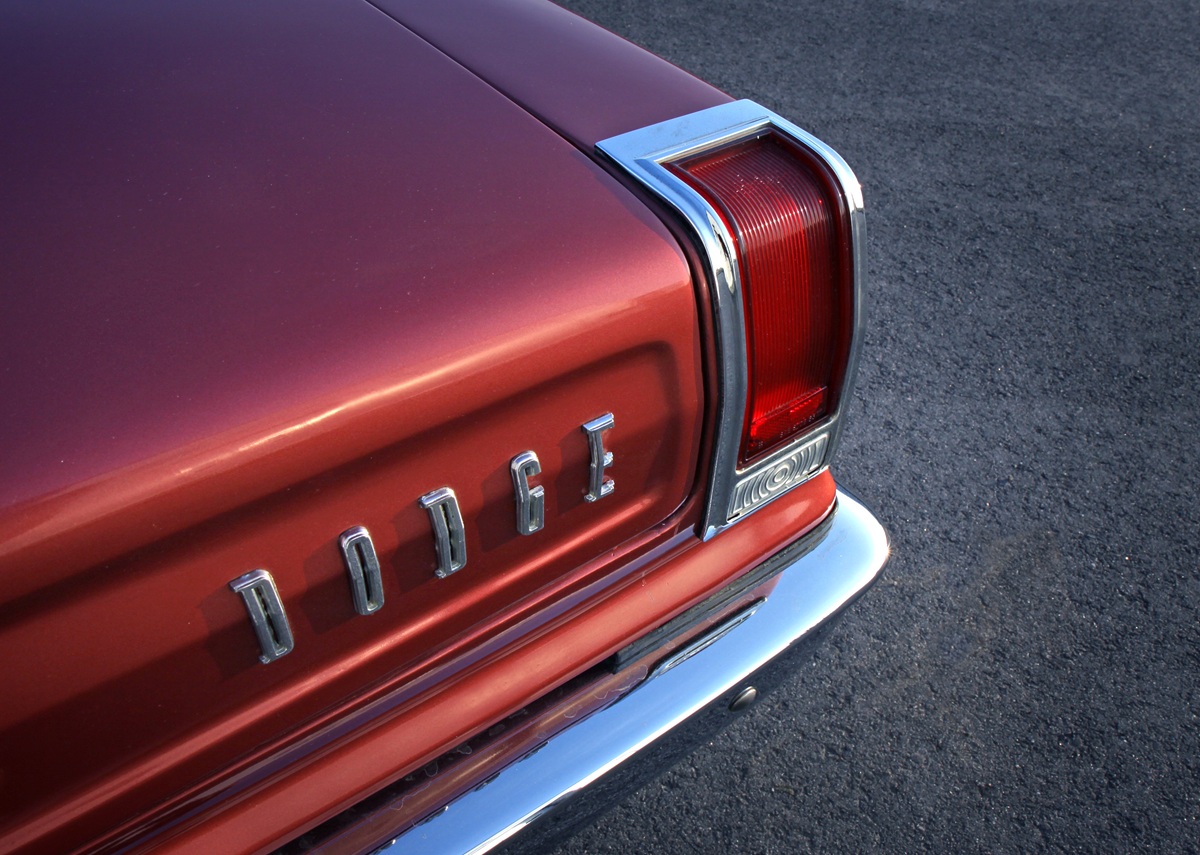
So he did it. Knocked the plug out, and the overheating vanished. In fact, the engine now runs a bit too cool. Ohlin is waiting for summer’s hottest days before fiddling with thermostats or other heat-boosting tricks.
What’s sitting behind all that Detroit iron? A petite 9-inch J.W. torque converter with a 4,500 rpm stall. A beefed-up 727 transmission with reverse manual valve body behind that, and a short, aggressive chromoly driveshaft. Out back is an 8¾-inch 742-case axle housing Moser axles with 31 splines. Final drive ratio: 3.91:1.
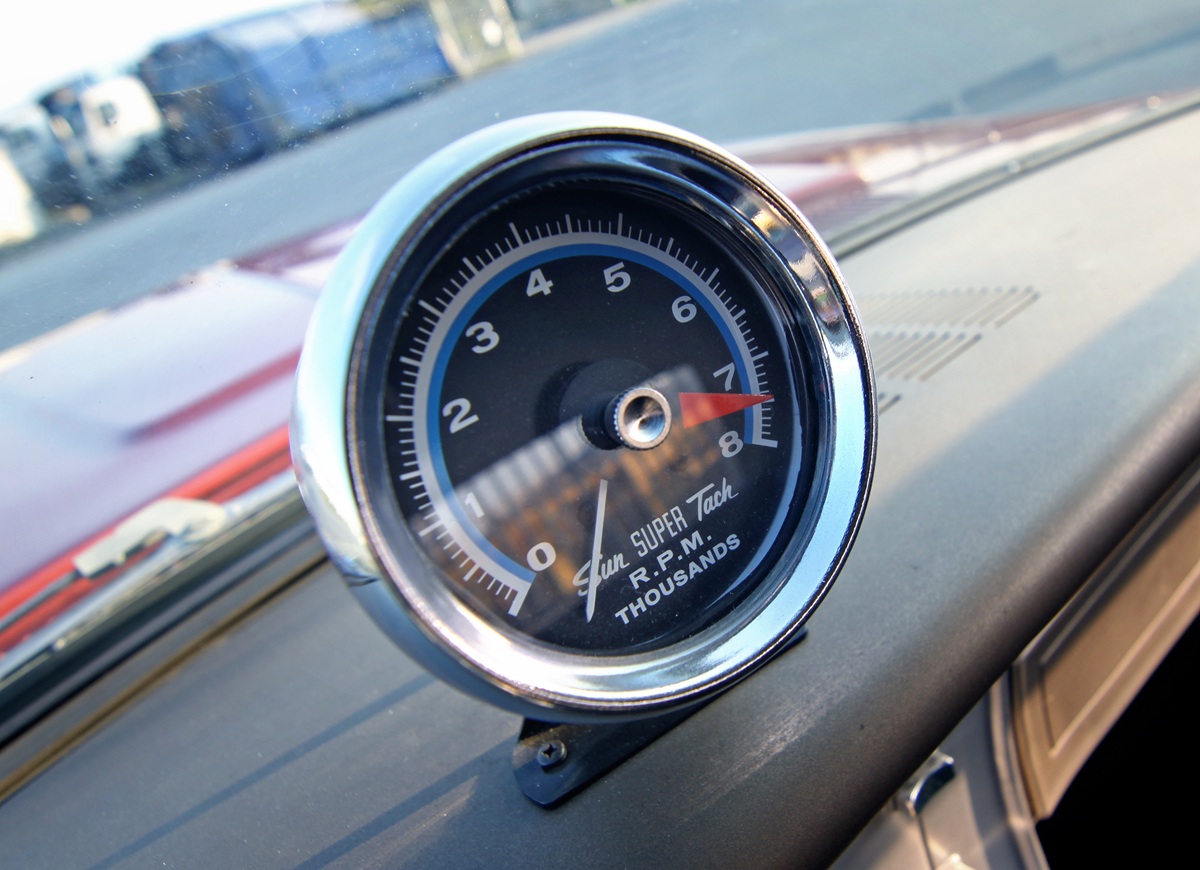
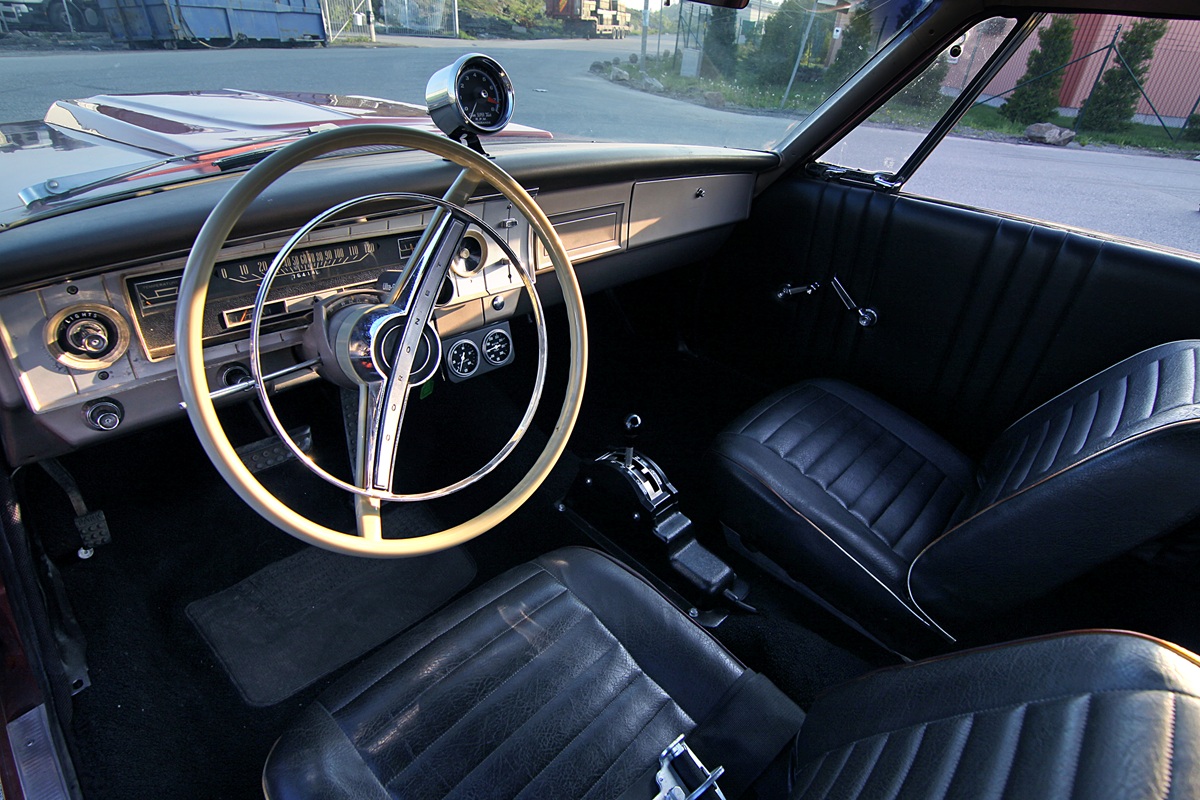
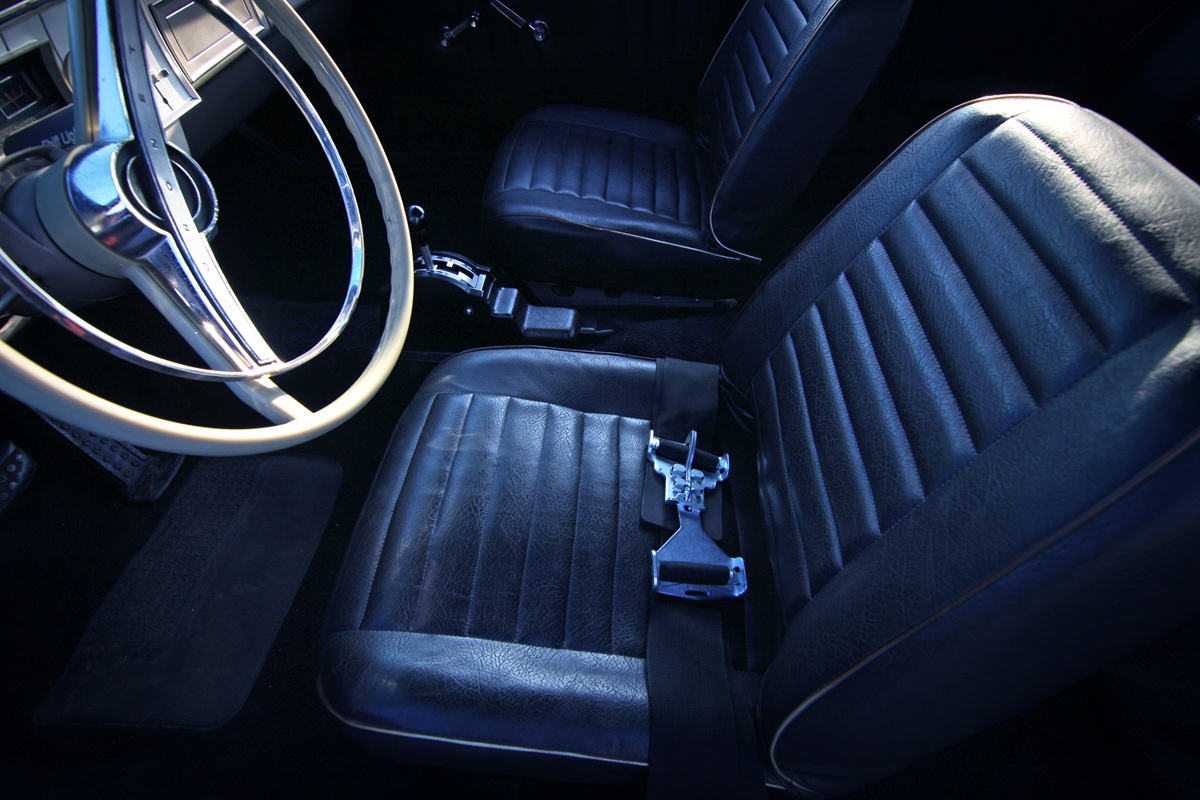
“The Moser axles are great. The metal flexes instead of snapping clean,” Ohlin says with another laugh.
How much of the work does he do himself? Most of it. But sometimes it’s good to get help from skilled wrenching buddies at the garage. Like when it came time to shoehorn the HEMI into the engine bay.
“You can get the HEMI in there, sure – but forget removing a valve cover without pulling the engine. So I had a buddy help modify the right shock tower. He cut off the top, flipped it 180 degrees to make use of the factory notch, and welded it back on,” Ohlin says.
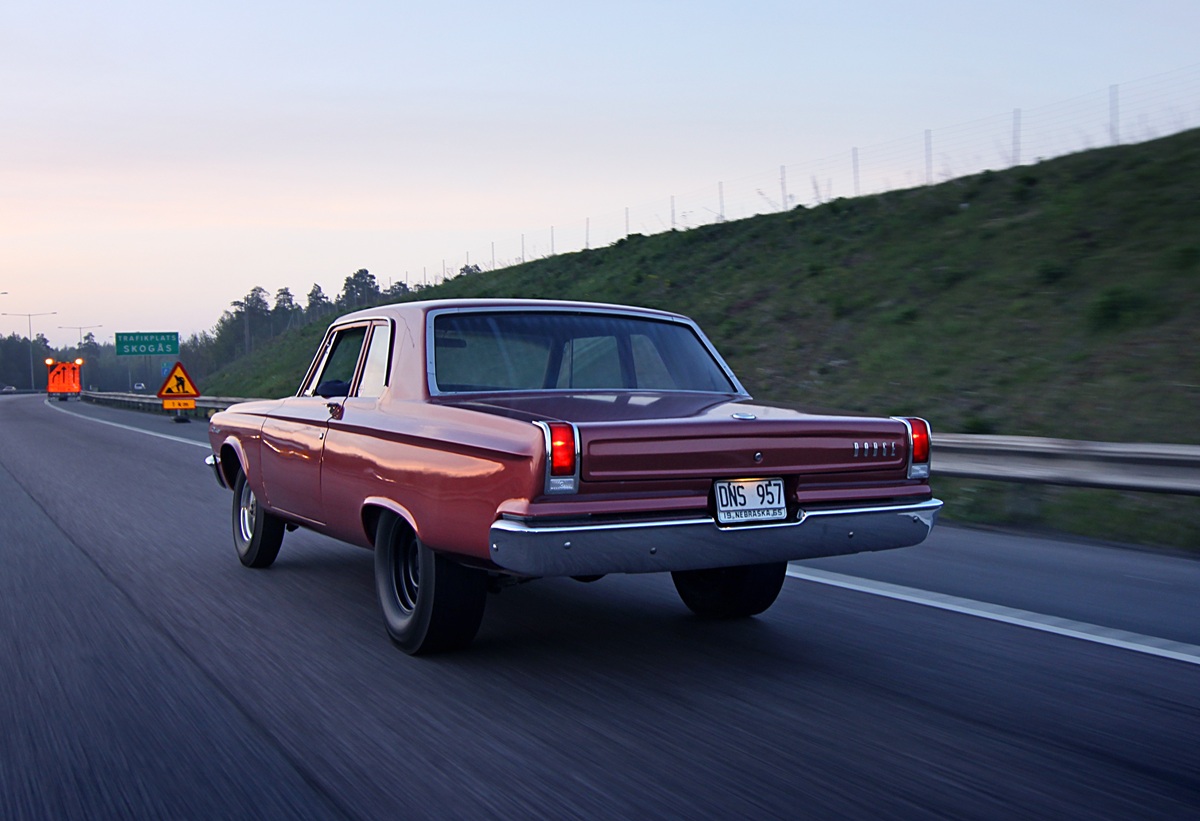
He adds that he uses TTI headers on the HEMI engine.
“That’s the only way to run a HEMI in a Coronet without building your own headers or having them custom-made,” Ohlin says.
Before we part ways for now (I’m looking forward to cracking open a beer or three with Ohlin), the conversation drifts to the Americans’ knack for great nicknames – both for themselves and their cars.
“‘Dyno’ Don. How cool is that? Americans are so good at coming up with these names. Like a car called ‘Wheelchair Shaker.’ It’s a shame we don’t have names that awesome in Sweden,” Ohlin says.
He runs a hand through his beard. Thinks for a moment.
“Or maybe we do. Cool names. We can do that too. Where I come from, people are called things like Dirt-Einar and Hill-Åke. Not too shabby either,” Ohlin says.
Nope. And his Swedish tribute to Dodge’s A990? That’s pretty damn cool too.
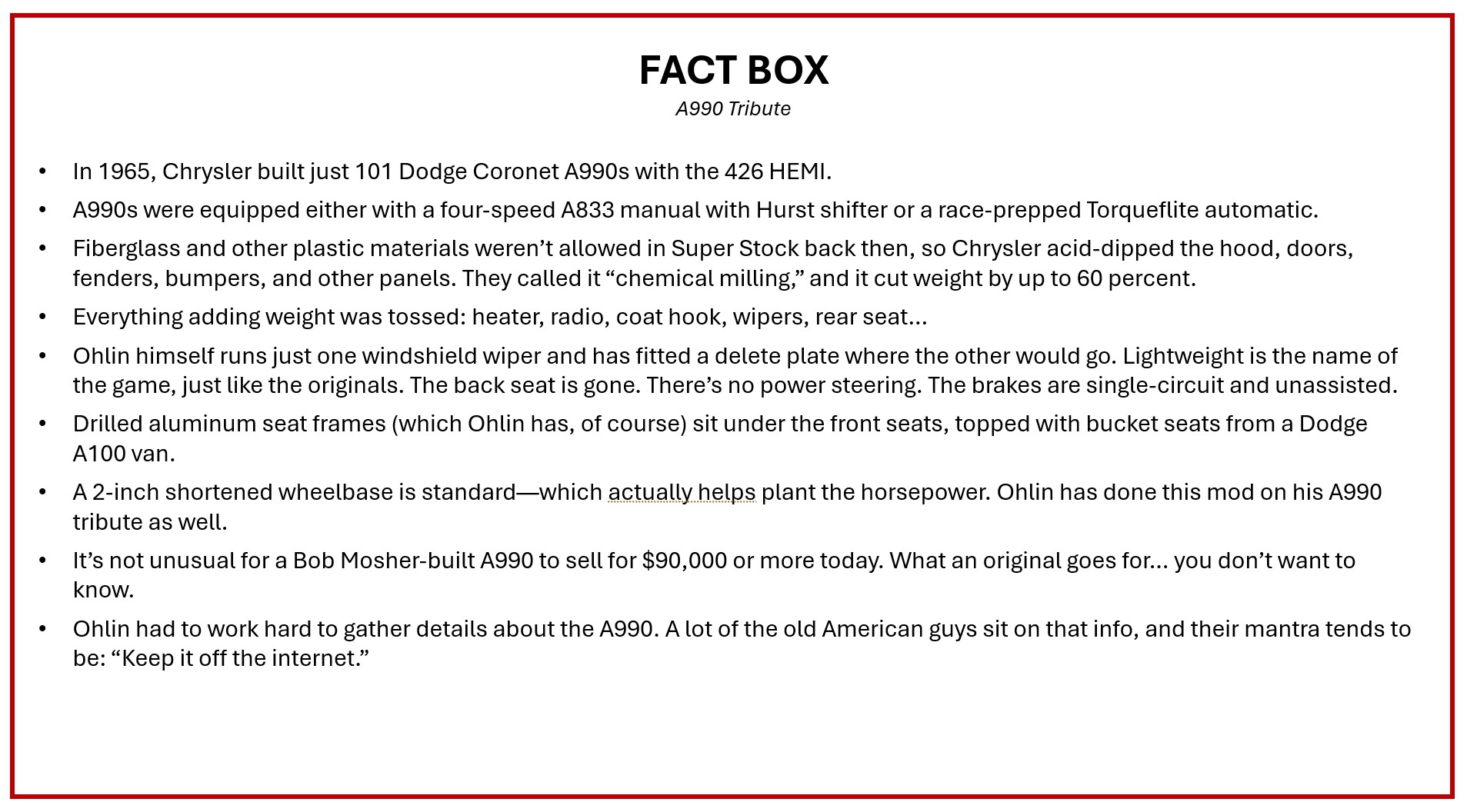
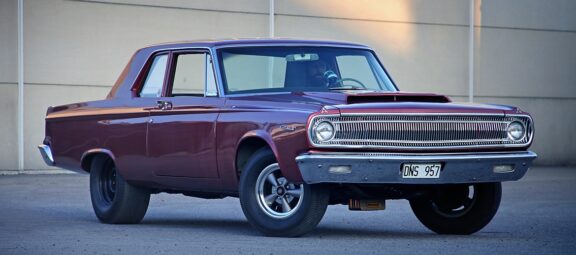
0 Comments